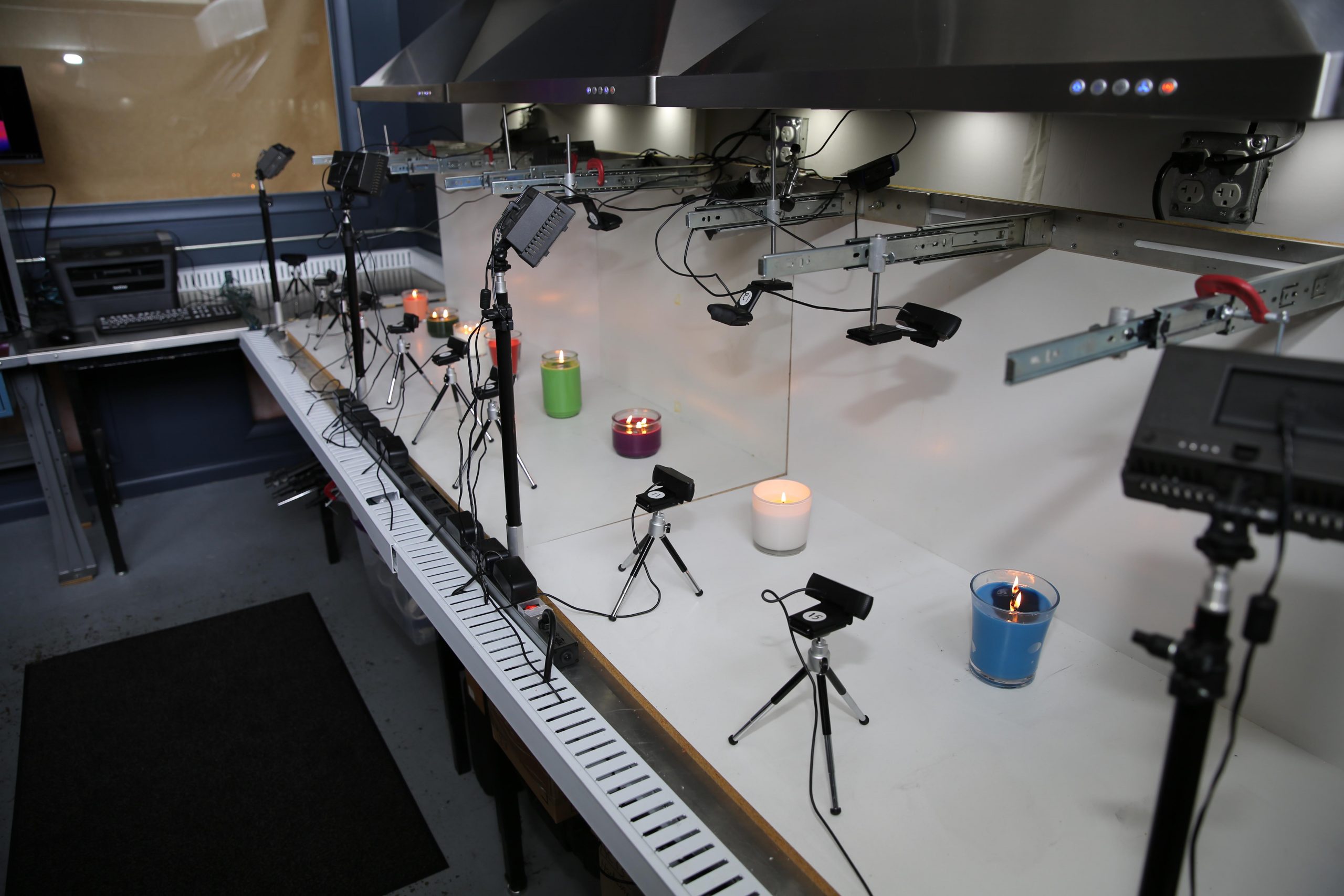Candle manufacturers sometimes focus on appearance, scent, and aesthetics during the formulation process rather than performance and functionality to meet customers’ initial demands at the point-of-purchase. It is only after several burn cycles that customers begin to encounter entirely avoidable combustion issues. More often than not, candle combustion issues are caused by the incorrect wick size or family used in a particular candle since each wick and candle type has unique burn characteristics. Let’s explore some observable candle combustion issues often encountered and remedied in Wicks Unlimited’s in-house combustion workshop during the formulation process.
Mushroom Capping
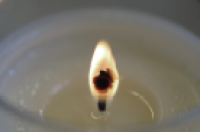
An oversized wick providing too much fuel (wax) to the flame or using an incorrect wick size/type for a particular candle system can cause mushroom capping. If the candle wick is too large, the flame starts to consume more wax (fuel), resulting in carbon buildup on the wick’s tip of partially reduced molecules unable to reach the flame. The buildup of partially combusted material then falls back onto the wick. It forms a mushroom shape on the wick’s end, known as mushroom capping.
Mushroom capping can be avoided with thorough testing of your candle to determine the perfect wick for your individual candle formulation.
Afterglow
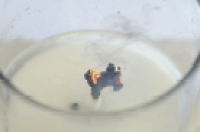
Mushroom capping often causes wick afterglow, whereby the carbon mass on the tip of the wick continues to throw off a gentle glow for a considerable amount of time once extinguished. Not only is this unsafe, but it can also damage the candle brand’s reputation.
Like most combustion issues, afterglow is entirely avoidable. To prevent this phenomenon, candle manufacturers should partner with combustion specialists like Wicks Unlimited early in the formulation process. Once we understand your burn objectives, we will perform test burns to ensure that the appropriate wick size and type meet the particular candle system’s needs.
Excessive Flame Height

An excessive flame causes “sooting” consisting of tiny particles of unburned fuel. This indicates not only incomplete combustion but also improper wick selection for this particular candle system. In other words, the candle wick is delivering more fuel to the flame than it can burn.
To prevent excessive flame, manufacturers should work with candle combustion specialists to complete burn tests and identify the appropriate wick size and type for their specific candle application to refine their manufacturing specs.
Excessive/Long Wick
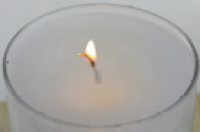
Excessive or long wick modifies the candle’s overall combustion process and causes mushrooming, sooting, and an uneven burn. The soot sticks to the candle jar, surrounding walls, and potentially the ceiling resulting in an unhappy customer and damage to the brand’s image and reputation.
For an optimized burn and to protect the brand’s reputation, working with experienced candle combustion specialists can prevent excessive wick through test burns.
Oversized Wick

Undersized Wick
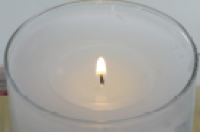
Partnering with experienced candle combustion specialists like Wicks Unlimited during the formulation process can prevent combustion issues from happening in the first place. Even if the formulation phase has passed and a candle is experiencing combustion issues during real-world applications, our candle technicians can perform a complimentary troubleshooting burn analysis. Once completed, we confidentially report our findings and make product recommendations, including the appropriate wick size and sustainer type to produce an optimized burn. With over 450 different wicks stocked on-site, 26 candle sustainers, and an assortment of wick clip assemblies, Wicks Unlimited is the ultimate destination for all of your combustion needs. Use the form below to contact Wicks Unlimited and schedule your confidential candle combustion troubleshooting or optimization test since testing and observation are vital in the candle formulation process.

